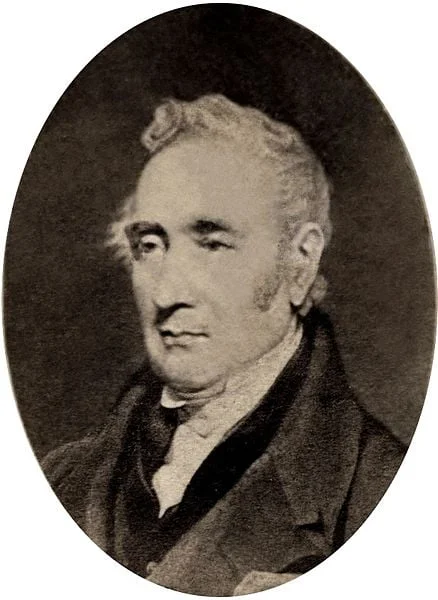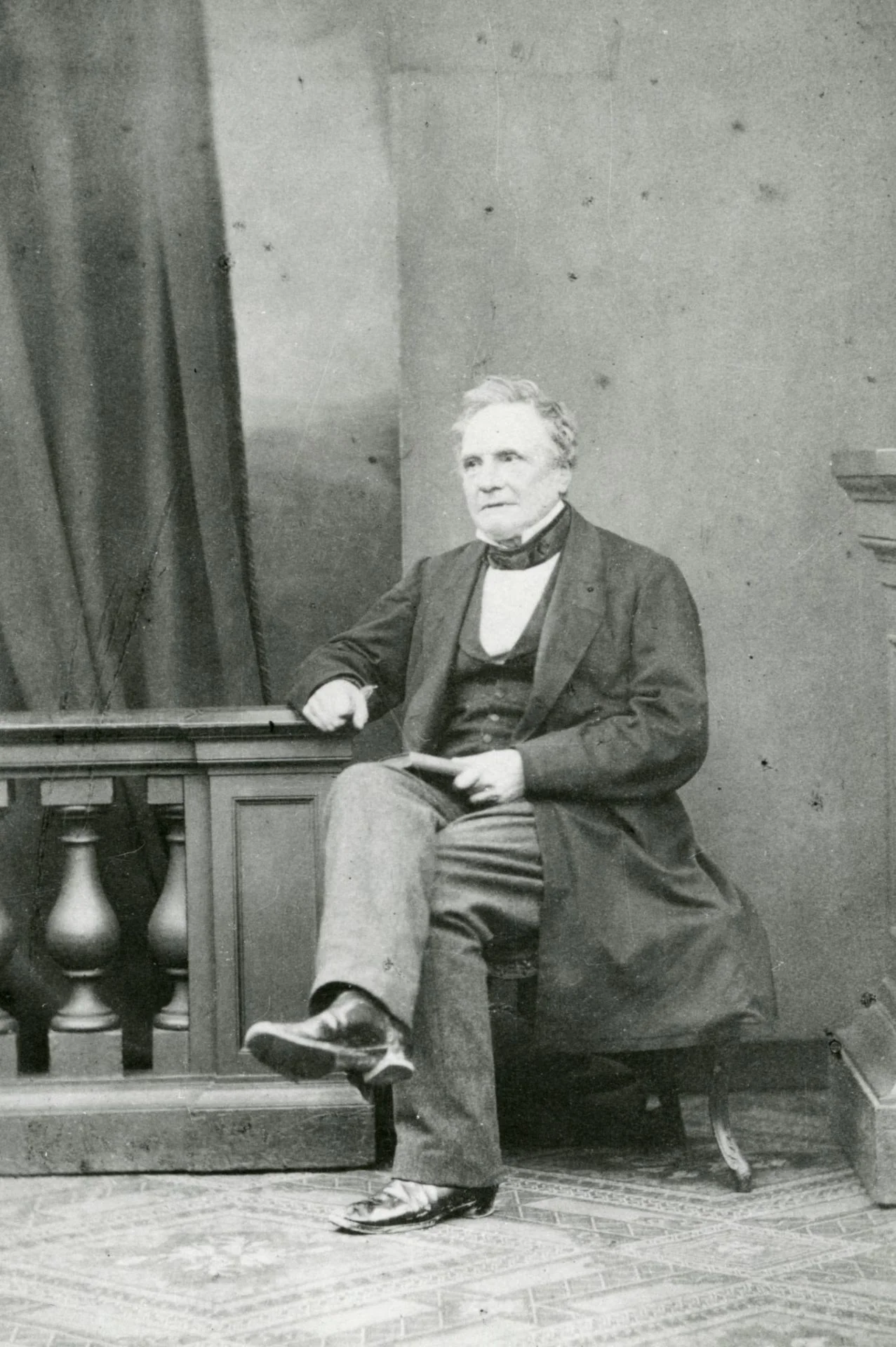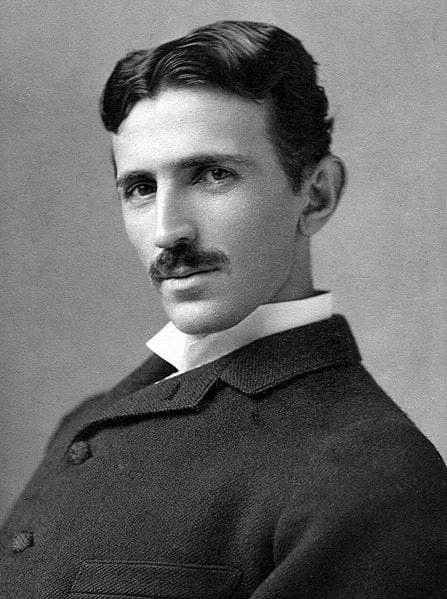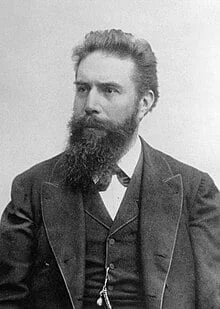Real Celebrities Never Die!
OR
Search For Past Celebrities Whose Birthday You Share

source:wikipedia.org
George Stephenson ( Father of Railways)
Birthday:
09 Jun, 1781
Date of Death:
12 Aug, 1848
Cause of death:
Pleurisy
Nationality:
English
Famous As:
Mechanical engineer
Age at the time of death:
67
Early Life and Humble Beginnings
George Stephenson, born on June 9, 1781, in Northumberland, England, transcended the limitations of his humble beginnings to become a pivotal figure in the Industrial Revolution. Without the benefit of formal education, he rose through sheer ingenuity and perseverance to become known as the “Father of Railways.” His life story is a testament to the power of curiosity, a thirst for knowledge, and unwavering dedication.
Childhood and Work in the Coal Mines
George’s childhood was a stark reflection of the working-class reality in 18th-century England. His father, Robert Stephenson, toiled as a fireman at a coal mine, barely scraping by to support his family. Formal education was a luxury they couldn’t afford. Despite this, young George possessed an innate curiosity about the world around him. George Stephenson began working in the mines at the tender age of eight, surrounded by the whirring of machinery and the constant struggle to extract coal.
Rise in the Mining Industry and the Power of Education
At 18, George Stephenson became an engineman, responsible for operating the powerful steam engines that pumped water out of the mines. This exposure to mechanics further fueled his thirst for knowledge. Recognizing the limitations of his illiteracy, he started attending night school, diligently learning to read, write, and understand basic arithmetic. This newfound knowledge became the key that unlocked his true potential.
Innovations in Mining: The Geordie Lamp
Stephenson’s mechanical aptitude shone through as he rose through the ranks in the mining industry. He started with repairing and maintaining existing machinery, then went on to develop his own innovations. One such invention was the Geordie Lamp, a safety lamp for miners that significantly reduced the risk of explosions caused by methane gas. This invention not only saved countless lives but also solidified his reputation as a skilled engineer.
Pioneering Work in Locomotive Design
The early 19th century witnessed a surge in the demand for efficient transportation to support the burgeoning industries. This is where Stephenson’s expertise in steam engines became truly impactful. He began studying existing locomotive designs, recognizing their limitations in terms of power and efficiency. In 1814, he collaborated with William Losh and William Hugett to build the “Blücher,” a locomotive that successfully hauled coal wagons on the Killingworth Colliery railway. This marked a remarkable feat, proving the viability of steam locomotives for rail transportation.
The Stockton and Darlington Railway: A Revolutionary Project
Stephenson’s most enduring achievement came in 1825 with the construction of the Stockton and Darlington Railway. This groundbreaking project, the first public railway line in the world to utilize steam locomotives for both passenger and freight transport, faced numerous challenges. It demanded the construction of bridges, viaducts, and robust tracks capable of withstanding the weight of locomotives and carriages. Stephenson’s engineering expertise and unwavering determination were instrumental in overcoming these obstacles. The success of this project laid the foundation for the widespread adoption of railways across the globe, forever transforming the landscape of transportation.
The Liverpool and Manchester Railway and Further Contributions
Stephenson’s legacy extends far beyond the Stockton and Darlington Railway. He went on to build several other prominent railway lines, including the Liverpool and Manchester Railway, which opened in 1830. This line showcased the immense potential of railways, carrying passengers at speeds exceeding 30 miles per hour, a revolutionary concept at the time.
Family Life and Legacy
George Stephenson’s life was not just about his individual accomplishments. He nurtured a strong family unit. His first wife, Frances Henderson, tragically died young, leaving him with a son, Robert. Later, he married Elizabeth Hindmarsh with whom he had a daughter, Mary. Interestingly, his son, Robert Stephenson, followed in his footsteps, becoming a distinguished engineer who played a crucial role in constructing several major railway lines. The Stephenson name became synonymous with railway engineering excellence.
George Stephenson's Quote's
Final Years and Enduring Legacy
George Stephenson passed away on August 12, 1848, leaving behind an illustrious legacy. He is rightfully hailed as the “Father of Railways” for his groundbreaking work in developing practical locomotives and establishing the first successful railway line. His innovative spirit, unwavering commitment, and dedication to his craft not only revolutionized transportation but also laid the groundwork for global economic integration, urbanization, and the rise of modern industries. Today, railways continue to be a cornerstone of global transportation, a testament to the enduring impact of George Stephenson’s life and work.
Name:
George Stephenson
Popular Name:
George Stephenson ( Father of Railways)
Gender:
Male
Cause of Death:
Pleurisy
Spouse:
Place of Birth:
Northumberland, England
Place of Death:
Tapton House, Chesterfield, Derbyshire, England
Occupation / Profession:
Personality Type
Advocate: Quiet and mystical, yet very inspiring and tireless idealists. He was very focused and was willing to do hard work to achieve his ideals.
Before his ventures into locomotive design, Stephenson invented a safety lamp for miners in 1815. This lamp helped reduce the risk of explosions in coal mines, saving countless lives.
Stephenson's engineering knowledge was primarily self-taught, acquired through hands-on experience and experimentation. His humble beginnings as a colliery worker influenced his practical approach to problem-solving.
Throughout his career, Stephenson served as a consultant and advisor on various railway projects, both in the United Kingdom and abroad. His expertise was sought after by governments and companies seeking to implement railway systems.
Elected as a Fellow of the Royal Society (FRS) in 1840
Grand Cross of the Legion of Honour from France in 1845


